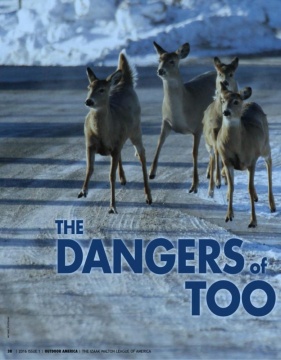Active learning is critical at all stages of CBDM
If your community is just getting started, you’ll need to gather information on things such as local deer impacts on public health, safety, and damage to natural areas. Similarly, to select the management actions that are best for your community you’ll need to spend time learning about deer biology, management options and successful examples from other communities—like those featured in the CBDM Community Examples. There is no need to “reinvent the wheel!”
Consult a variety of materials
What kinds of educational materials should your community consult during the CBDM process? Deer-related information is available in many formats—printed reports and articles, websites and blogs, videos and radio broadcasts/podcasts are just a few of the resources available. You can get started by browsing our Resource Library.
Share and summarize
Even the best educational materials are only as good as your community’s learning process. Gear the educational content and format to your community’s needs at any given time. At a minimum, make all materials available in their entirety to establish transparent process and build trust. Most stakeholders will also appreciate thoughtful syntheses and summaries of information such as a “Frequently Asked Questions” (FAQ) document, learning forums, or interactive discussion sessions.
Learn by doing
Finally, do not underestimate the importance of “learning by doing.” As you prepare to implement your program, think about how you will evaluate its success. Write it down. Purposeful learning about what works and what doesn’t will help your community adapt its CBDM program to meet the needs of deer, people, and natural areas over time.


